Hutton, W. H. H.
Two letters, signed, written in 1869 by a U.S. Army Hospital Steward stationed at Fort Jefferson, Dry Tortugas, Florida. March 14, 1869. October 6, 1869. [12]pp. Written on single-fold lined paper.
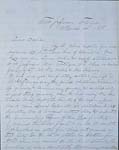
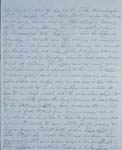
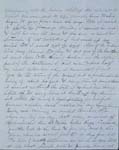
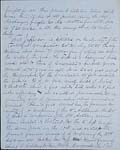
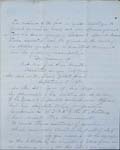
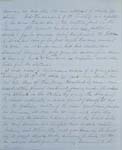
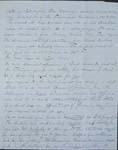

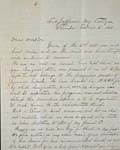
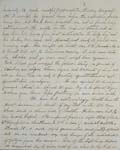
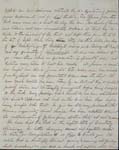
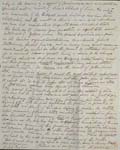
W. H. H. Hutton writes an eight-page letter from Fort Jefferson on March 14, 1869. He addresses it "Dear Doctor," apparently to Dr. J. J. Taylor. Hutton reports that he is now stationed at Fort Jefferson in the Dry Tortugas, Florida. This assignment came as a surprise to him as he had recently settled at Montgomery, Alabama. Order #118, issued by Major General Meade, of the Department of the South on December 31, 1868, demanded that he report immediately to Fort Jefferson. Hutton describes the voyage down the Mississippi River to New Orleans and the subsequent voyage by steamer across the Gulf of Mexico. The ports visited during this eleven-day excursion included Pensacola, Apalachicola, St. Marks, Cedar Keys, Tampa Bay, and Key West. He describes his new residence:
Fort Jefferson is situated on Garden Key of the Tortugas group - Lat: 28° 38" - Long: 82° 53". The Key contains about seven (7) acres - five of which are within the walls of the fort. The Fort is a hexagonal brick work with two tiers of casements and barbette eqmt, mounts 475 guns in all. It is 2640 feet around the parapet and the breakwater 65 feet outside the fort is ¾ of a mile nearly - built of brick and concrete about 6 feet above tide water and 8 feet wide - affording an excellent promenade and is generally full of promenaders about sunrise or sunset.
Hutton reports that the garrison currently consists of four companies of the 3rd Artillery, commanded by Brevet Major General H. J. Hunt. He describes a touching monument on the parade ground left in memory of an officer, who died during the outbreak of yellow fever in 1867, where 38 of the 178 attacked by the fever died. At present, there is one patient in the hospital and five in quarters of the 300 men present on the island. Hutton relates a story of a young man of the 3rd Artillery who miraculously escaped death after being accidentally pushed from the steamer and wounded in the head by the blades of the wheel. Before they could stop the steamer and lower a boat the soldier drifted over a mile and was surrounded by sharks when rescued. Hutton then answers the doctor's request concerning some medical instruments. Medical equipment is tightly monitored at the post and Hutton provides the doctor with some other ways to procure the needed items. Hutton concludes his letter with a description of the hospital buildings and the renovation work.
The second letter from Hutton, a four-page document also addressed to Dr. J. J. Taylor, is dated October 6, 1869. Hutton acknowledges the doctor's letter of the 2nd and describes the happy occasion of the birth of his son at Fort Jefferson. The infant, named for his father and nicknamed "Harry," was born on September 7, 1869. Hutton reports that the health of the men at the fort is extremely good and he would not be surprised if they had the cleanest bill of health of any post in the United States. He credits an extremely rigid quarantine method with warding off any outbreak of yellow fever for the season. One soldier came down with symptoms of the disease and died a few days later. Those in direct contact with this soldier were ordered to Bird Key and detained there for ten days of medical treatment. As an added precaution, all mail for the post is first taken to Bird Key and fully fumigated before delivery. Great efforts are also being made to keep the island sanitary. The entire post is policed twice daily and all garbage is placed in barrels and dumped into the ocean. The empty barrels are then sanitized with a mixture of lime and chloride of lime. Hutton then describes the symptoms and treatment of yellow fever, which he recommends as the treatment "pursued by the most successful physicians of the South."